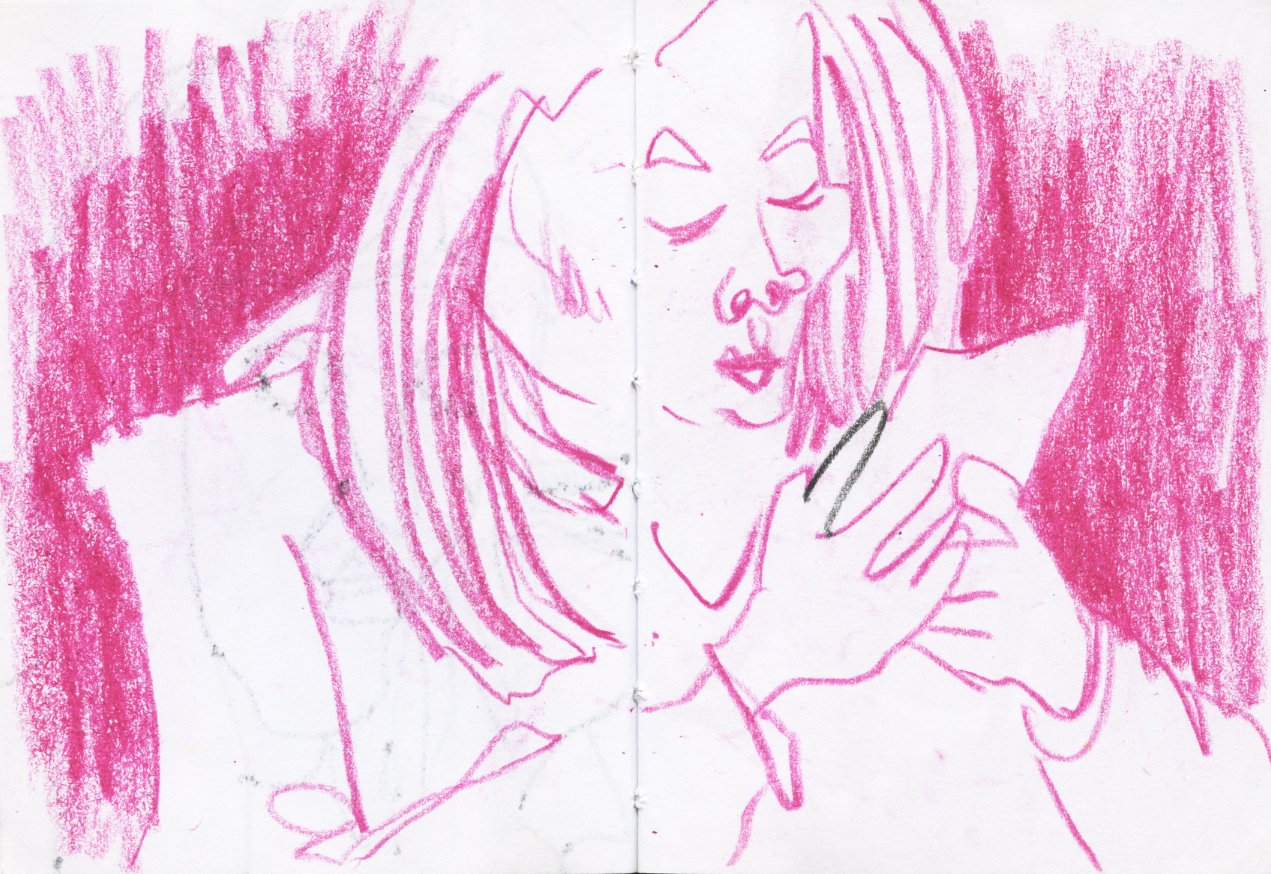Watercolor is such a versatile medium. It seems hard to control, but then when you play a lot with it, you'll get to know the material and its behavior better. You'll get more confident using it in your sketchbook.
Hi there, I’m Koosje!
pronounced "Kōsha”
I’m an artist and creative entrepreneur living in the Netherlands. I love drawing and I do it every day. On this website, I hope to inspire you to develop a drawing practice too, because it can make you feel good.
Photo by Rick Keus





















